50% of Parle’s sales are from rural India: Mayank Shah
Over 9 decades since inception, Parle Products still continues to be a strong household name. An annual research conducted by The Economic Times Brand Equity to determine the most trusted brands in India, features Parle Products as India’s 7th most trusted brand. Parle Products, which was ranked 52nd in 2016 has remarkably jumped 45 places in 2017 amidst hundreds of other brands across sectors in India. Parle has also been featured 1st in the food brands category and 7th in the most trusted product brands category, leaving key competitors such as Britannia, ITC and Mondelez far behind.
The accolade comes on the back of several conscious strategic moves made by the company in the past year, particularly campaigns that were focussed at bringing back attention to nostalgia associated with several of its heritage brands. This was done in tandem with consolidating all of its indulgent and aspirational offerings under the Parle Platina division and aimed to strengthen Parle’s foothold in the premium segment.
Parle, India’s home-grown legacy with more than 50+ brands across categories, rolled out a corporate-focus strategy in 2017, where every campaign linked individual brands back to the house of Parle, consequently increasing the trust factor among consumers.
Along with its biscuits range, Parle is fortifying its offerings in products such as confectionary, rusk, snacks, chocolate and pulses. Parle introduced its Fresh Harvest range of pulses in 2017.
The company consolidated its premium brands through introduction of a new division – Parle Platina – in May 2017. While Parle continues to dominate the popular segment, Parle Platina caters to the premium segment of consumers with brands such as Hide & Seek, Milano, Mexitos and Simply Good Health range of products.
The ‘Naam Toh Yaad Rahega’ integrated brand campaign, rolled out in July 2017, brought back focus to Parle’s roots in confectionery. From battling cheap imitations to providing salience to brands in the confectionery category and educating the consumers about its rebranding exercise for a few brands in the biscuit category, the campaign had a strong message that helped build equity for Parle’s individual brands while strengthening its corporate brand.
The campaign was released in 11 languages, including Hindi, English, Marathi, and Tamil, besides being sustained through a digital campaign. The strategy behind releasing the campaign in so many languages was in keeping with Parle’s strong focus on increasing its connect with the regional markets.
In an interaction with Adgully, Mayank Shah, Category Head, Parle Products, speaks at length about the company’s regional focus, spends, digital strategy and more. Excerpts:
How is Parle, as a brand, focussed on regional as part of its overall marketing and communication plan?
If you look at our sales composition, almost 50 per cent is from rural India. That makes it very important for us to use regional media and languages for communicating with our consumers. While in urban markets, the language for communication is typically Hindi or English; in the smaller markets, a significant section of the consumers needs to be tapped using mostly regional media. Hence, it becomes imperative for us to use regional languages for brand communication.
What are the allocated regional digital ads spends for Parle?
10-15 per cent of our total budget is allotted for digital, depending on various brands and also the TG. Of that, at least 50 per cent spends go to regional.
How much does the rural market contribute to your growth and will it continue to be a focus market?
In certain brands that becomes very important. If you look at the Internet penetration today, almost 50 per cent of Internet users are probably consuming it in non-English language. As it goes down to Tier 2 and Tier 3, a majority of the next 100 million users that will come on to the Internet – which we are envisaging will happen in the next one and a half years – will probably look at regional content. They are not going to be proficient in English, and that makes it very important for any marketer who is looking forward to do something on digital.
When you look at Tier 2 and 3 towns, they will see increase in mobile net penetration. In fact, mobile Internet is primarily going to be driven through these towns. Thus, it becomes imperative to have a product that has a pan-India presence and caters to every strata. Tier 2 and 3 are going to be very important for us. As you go beyond the metros and those 1 million-plus towns, the importance of regional media is only going to increase and it’s going to be imperative for you to use it.
What is Parle’s digital marketing strategy?
We have 50-odd brands and there are different strategies for each one of them. For example, we have Parle Platina which is typically targeted towards affluent, premium consumers and mega metros who are looking for exotic experiences. Here, the digital strategy is very different, where you are talking about native advertising. A lot of the content being created for them is in terms of giving them a completely different experience of the brand. The content is also primarily in English.
On the other hand, something like Parle G, which cuts across all strata – right from mega metros to 500-plus kind of population – it goes across. That also has a significant digital footprint. You will also find a lot of regional content on the digital front as well for this. There, 60-65 per cent of our spends would be going into vernacular advertising as against 30-35 per cent spends on English or Hindi. Compare this with Platina, where almost 80-85 per cent of the spends would be going to pre-dominantly English content.
We normally divide consumers into three groups – one set of consumers are those who are proficient in English, then there is another set who don’t know English at all, and the third being in-between the two, who may not be proficient in English but have working knowledge of it.
The moment you look at going beyond urban India, what gains more importance is the language content and the advertising strategy depending on the regions you are targeting. So, as I shared earlier, for brands like Parle G or Monaco or Krack Jack, there would be significant amount of regional content.
How do you look at Doordarshan and FTA channels as advertising mediums for Parle?
Today, given an option we will prefer an FTA channel, because if you look at the CNS penetration, it has moved up significantly. In fact, in Southern markets it is above 95 per cent or so, while in other markets it is 85 per cent-plus. Hence, it makes a lot of sense for us, as when we talk about exclusive DD homes, they are very few now.
Secondly, what has happened with Free Dish or DD is that you need to pay only for the first time hardware charges, post which you are not really paying for it. Most people today, even in rural India, have moved to Free Dish rather than taking up the terrestrial network which is DD. Also, there is a big difference in the programming of DD and the FTA channels. It is only recently that the broadcasters have come up with norms such as having a gap of at least one year between airing the episodes that you have probably run on your GEC and running it on your FTA channel. Otherwise they used to have a time lapse of about maximum 4-5 months.
Even today, the content that you see on FTA channels is far better than that of DD, as a result of which you will see a good amount of DTH penetration is happening in rural India and that’s the reason why we feel the purpose that was served by DD earlier is done by DD Free Dish, where you are getting these FTA channels.



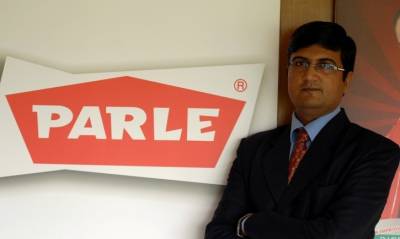
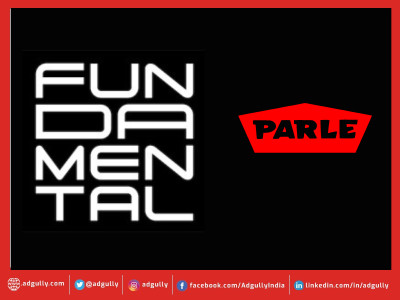

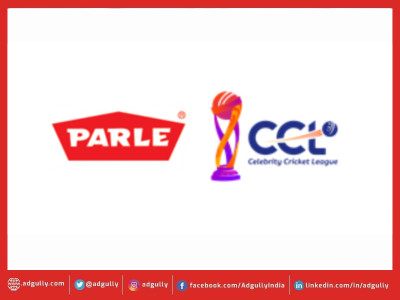
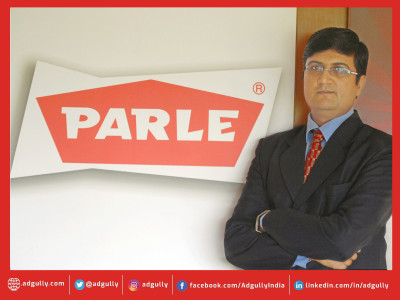

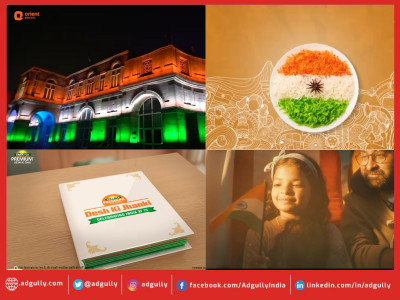
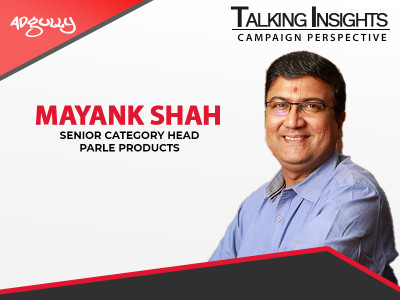
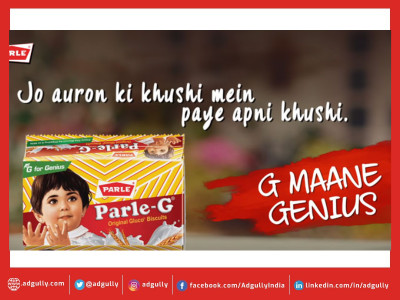
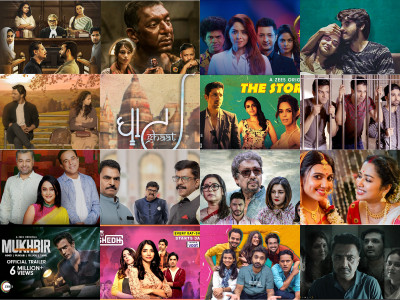
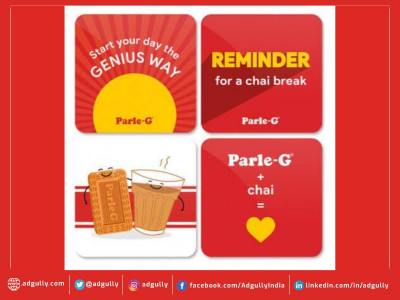
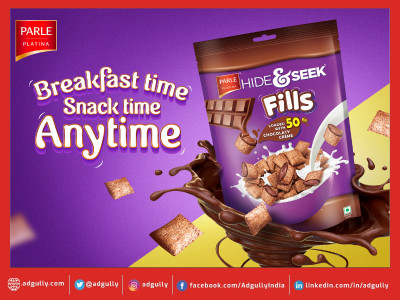
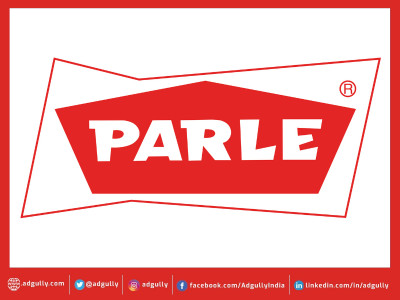


Share
Facebook
YouTube
Tweet
Twitter
LinkedIn